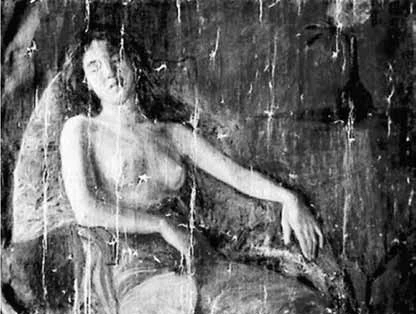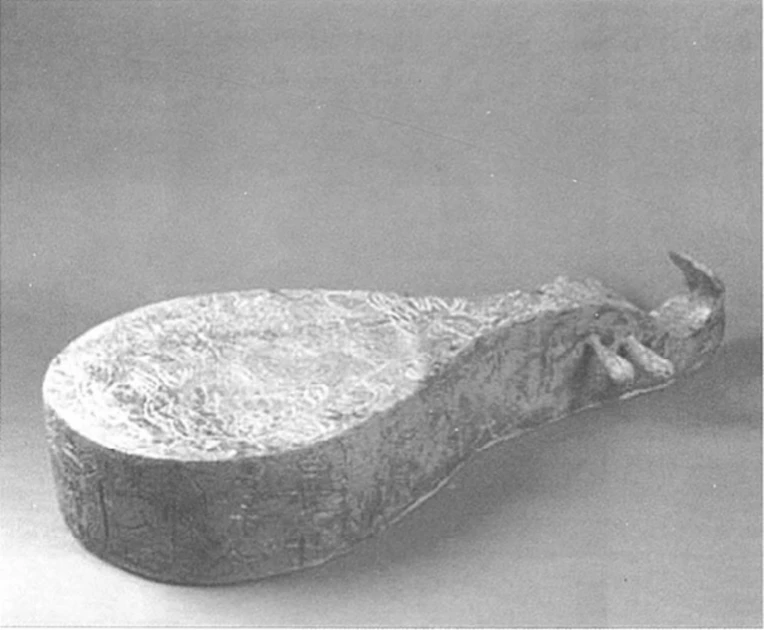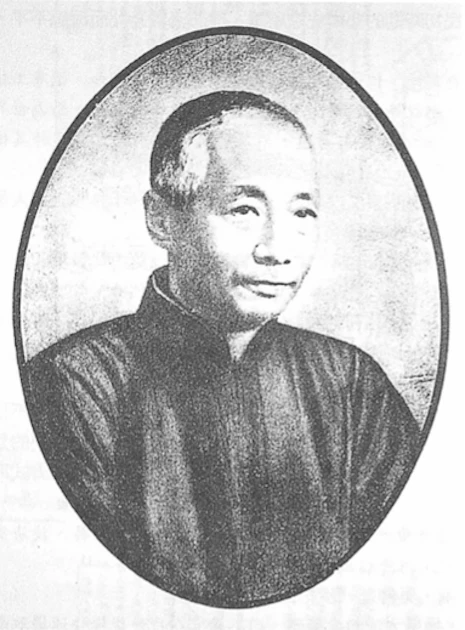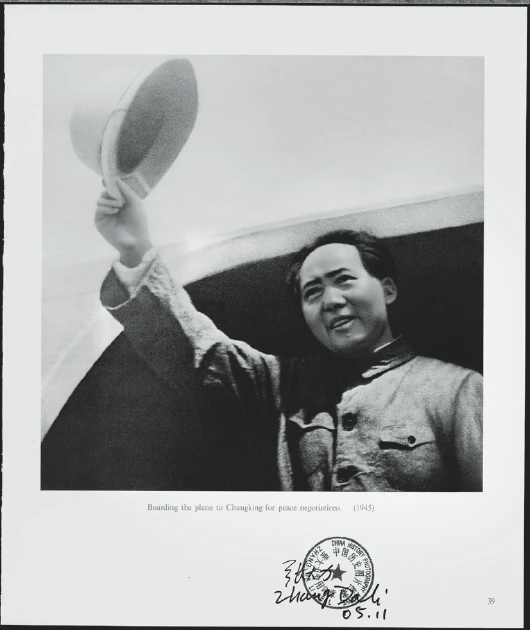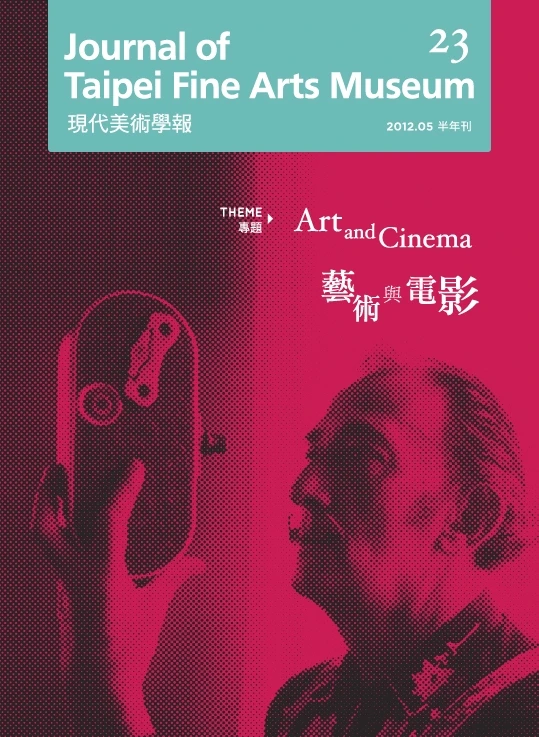摘要
本期學報的主題是「藝術中的記憶與認同」:思想家們如現象學創立者胡塞爾(Husserl)描述了揭示並持續塑造我們身份的「記憶意識」(conscience-mémoire)、保羅.利柯(Paul Ricoeur)則以敘事身分的概念分析記憶對身份認同的重要性,並考察了主體的身份認同如何與記憶產生關連。以上兩位年齡相差半世紀的學者僅是浩瀚學海中的兩位而已,記憶與認同之間的關係已是當今多門社會科學的核心問題,當然包括藝術學。記憶如何被構建?何謂身份認同?是個人的,抑或集體的,甚至是世界的?身份的認同又如何依賴於既是關注來源也是認同來源的他者?而在藝術史的書寫、美學理論或藝術批評的建構,以及藝術的創作與表現上,記憶扮演著什麼樣的角色,與所謂的「藝術作品」之間有何關聯?創作主體與客體之間的身分認同如何在複雜的權力關係中被建立起來?這其中的關鍵字眼應是記憶術、權力書寫、集體記憶、文化記憶、自傳記憶、再現與公共藝術等等不一而足。
本議題有幸吸引了多位優秀學者賜稿回應,並收錄了4 篇主題相關的論文:張雅婷的〈記憶之術與繪畫:丹尼爾.阿哈斯的結構理論與闡釋〉一文,描述了法國知名藝術史學家阿哈斯(Daniel Arasse)如何在英國女史學家葉茲(Frances A. Yates)的著作《記憶之術》(Th e Art of Memory)的研究基礎上,推論出歐洲繪畫在透視法發明之前的運作方式乃是「記憶的體系」。文中除了清晰的介紹了場所與影像如何作為上古即已確立的「記憶之術」之綱領外,亦列舉書中觸及的多項案例如朱里奧.卡米羅.戴爾米尼歐(Giulio Camillo Delminio)的「記憶劇場」(Th eatre of Memory)對阿哈斯詮釋方法的影響;旋即進入阿哈斯的假設及其建立於文藝復興諸多圖像分析上的精采論證。最後更神來一筆的帶到阿哈斯對當代藝術家基弗(Anselm Kiefer)如何以工作室的「場景配置」(mises en scène),來處理德國文化根源與集體記憶的問題。
王家男的〈作為「記憶之場」的臺灣眷村〉亦以莫里斯.哈布瓦赫(Maurice Halbwachs)的「集體記憶」(Collective Memory)、阿比.瓦爾堡(Aby Warburg)的《記憶女神圖集》(Mnemosyne)、皮埃爾.諾拉(Pierre Nora)的「記憶之場」,和阿斯曼夫婦(Jan Assmann and Aleida Assmann)的「文化記憶」(kulturelles Gedächtnis)、保羅.利科的記憶與空間的概念、葉茲的「記憶之術」以及她所提及的戴爾米尼歐的「記憶劇場」等一脈相承的相關理論作為工具,深入探詢「場所」(lieu)與記憶的關係。但有趣的是其研究案例乃是親身經驗所及的北投眷村「中心新村」及其在當地進行的研調,藉此提出批判性的建議:人們對於作為文化資產的眷村之維護,應透過藝術再現的方式強化其「意象」(Image),以凝聚成為精神上的「記憶之場」,而非僅僅建造成相對僵化的物質性博物館。
張敏琪的〈被觀看的臺灣,誰的記憶?從森山大道的《臺灣紀行》談起〉,首先亦提及皮埃爾.諾拉(Pierre Nora)的「記憶之場」,並以被稱為「記憶之鏡」的攝影影像為研究對象,來研究作為一個「地方」,臺灣的記憶如何被不斷地重塑與再詮釋。作者先爬梳了大航海時代以來文獻記載,以及早期紀實攝影中的臺灣身影。之後分析「街拍傳奇」日本攝影家森山大道鏡頭下的臺灣影像之記憶構成,宣稱他所呈現的是一種以攝影師為中介所形成的混合記憶(mémoire mixte),為攝影者與被攝者、主體與他者所共享,「使鏡頭前的此時此地成為了疊合不同時空印象的載體」。
王曉華同樣研究攝影作品中的記憶建構及主客體關係,她的論文〈他者是我:波東斯基早期自傳式攝影作品中記憶的消逝與建構〉,以法國藝術家波東斯基(Christian Boltanksi)1968 至1975 年間的自傳式攝影作品為研究對象,以哲學性的推論指出波東斯基那充滿虛構的、令人真假莫辨的「家庭相簿」等自傳式攝影,如何在巴特(Roland Barthes)的攝影定義下,動員大量他者的影像為其自傳背書,並建構出關於「波東斯基」的「神話」或「普世記憶」。作者亦強調波東斯基透過宣稱影像中的所有角色都是「我」,而在以「他者是我」的照片召喚出他人的生命與記憶,亦同時抹煞本人的記憶,翻轉主客,使原應該強調個別性的自傳獲致一種普世的性質。
本期提供了與「藝術中的記憶與認同」相關的研究論文,及一篇一般稿件,並透過匿名雙向審查制度,確保論文的品質,以饗《現代美術學報》的讀者們。前述環環相扣的四篇論文,不僅在主題的範圍內精彩的串連了作為方法的記憶理論,並在時空上橫跨了西方上古至今日臺灣,在媒材上則遍及繪畫、攝影與城市規劃。周怡秀的〈二十世紀早期抽象潮流中的音樂靈感:繪畫和音樂類比的時間問題〉,作者探討二十世紀初期現代藝術潮流中抽象藝術如何從音樂中提取靈感,研究的對象眾多,但主要聚焦在保羅.克利(Paul Klee)與法蘭提塞克.庫普卡(František Kupka),研究目的則是繪畫與音樂相較時所涉及的時間、空間問題,以及繪畫中的節奏表現方式。
Abstract
The theme of this issue is “Memory and Identity in Art.” Philosophers such as Edmund Husserl, who established the school of phenomenology, characterized the “conscience-mémoire” that reveals and continues to shape our identity. Also, Paul Ricoeur analyzed the importance of memory to identity with the concept of narrative identity and investigated how an individual’s identity is related to memory. Husserl and Ricoeur, half a century apart, were merely two scholars within the vast array of scholarship. Th e relationship between memory and identity is now a core issue in social sciences, including art. How is memory constructed? What is identity? Is it individual, collective, or even global? How does identity depend on the other, which is both a source of attention and recognition? What are the role of memory in the writing of art history, the construction of aesthetic theory or art criticism, and the practices and expression of art? How does it relate to the so-called “artworks”? How is the identity between the subject and the object established in a complex power relationship? The keywords here may be mnemonics, the writing of power, collective memory, cultural memory, representation, and public art, to name a few.
We are honored to receive responses from several outstanding domestic scholars and include four articles on this issue. Ya-Ting CHANG illustrates how the renowned French art historian Daniel Arasse, based on the British historian Frances A. Yates' The Art of Memory, deduced that European paintings operated as a "system of memory" before the introduction to perspective in The Art of Memory and Painting: Daniel Arasse's Structural Theory and Interpretation. In CHANG's article, she clearly demonstrates how place and image function as the protocol of "the art of memory" established in ancient times and cites some cases mentioned in the book, including how Arasse's method of interpretation was infl uenced by Giulio Camillo Delminio's Theatre of Memory. The article then moves on to Arasse's hypothesis and his brilliant arguments based on the iconographic analyses of the Renaissance works. Finally, CHANG off ers an excellent twist and discusses Arasse's opinions on how contemporary artist Anselm Kiefer deals with his German cultural roots and collective memory through the "mises-en-scene" in his studio.
WANG Jianan explores the relationship between “place” (lieu) and memory and employs a series of works and concepts as his methods in his article “Military Dependents' Village in Taiwan as a Les Lieux de Mémoire.” The concepts include Maurice Halbwachs’s Collective Memory, Aby Warburg’s Mnemosyne, Pierre Nora’s “site of memory,” Jan Assmann and Aleida Assmann’s “cultural memory” (kulturelles Gedächtnis), Paul Ricoeur’s idea on memory and space, Yates’ “the art of memory,” and Giulio Camillo Delminio's Theatre of Memory she discussed. Interestingly, he takes the “Heart Village,” a military dependents’ village which he has experienced personally in Beitou, as a case study. Wang poses a critical suggestion: To maintain the military village as a cultural asset, we should enhance its “image” to solidify the place into a spiritual “site of memory,” rather than turning it into a rigid physical museum.
In “Whose Memory does Taiwan’s to-be-looked-at-ness Belong to? Moriyama Daid?’s Taiwan Travel Notes,” Min-Chi CHANG also refers to Pierre Nora’s “site of memory” at the fi rst place. She examines how the memory of Taiwan has been constantly reshaped and reinterpreted through photography, which is also known as “the mirror of memory.” CHANG encapsulates the document from the maritime era and Taiwan’s image in early documentary photography. She then analyzes the memory composition of Taiwan’s image under the lens of Japanese photographer Daido Moriyama, a “snapshot legend.” Also, she declares that what Moriyama presents is a mémoire mixte formed through the photographer as the agency. Mémoire mixte is shared by the photographer and the photographed, the subject and the other, “making the present before the camera lens a carrier that overlaps the impressions of diff erent time and space.”
WANG Hsiao Hua also investigates the construction of memory and the relationship between subject and object in photography. In her article "Other am I: Memory Construction and Disappearance in Christian Boltanski's Early Autobiographical Photograph," WANG takes the autobiographical photographs of French artist Christian Boltanksi from 1968 to 1975 as the subject of her study. With philosophical inferences, she attempts to point out how Boltanksi's autobiographical photographs, such as the fi ctitious and indistinguishable "family albums", mobilize a large number of images of the other to endorse his autobiography and construct a "myth" or "universal memory" about "Boltanksi" under Roland Barthes's defi nition of photography. Th e author also emphasizes that by claiming that all the characters in the images are "I", Boltanksi evokes the lives and memories of the others through the "other am I" photographs while at the same time erasing his memories and reversing the role of subject and object, so that the autobiography, which is supposed to emphasize individuality, obtains a universal character.
We provide articles related to “Memory and Identity in Art” and a feature article in this issue. Through an anonymous review system, we ensure the quality of the articles for the reader of the Journal of Taipei Fine Arts Museum. Th e four aforementioned interlocking articles brilliant take theories on memory as the methods and span from the ancient times to the present day, covering from the West to Taiwan and dealing with issues such as painting, photography and urban planning. In Yi-Hsiu CHOU’s “Musical Inspiration in the trandence of Abstraction in the Early 20th Century: The Question of Time and Rhythm in the Analogy Between Painting and Music,” she explores how abstract art extracted inspiration from music in the early twentiethcentury modern art. The researched subjects are various; however, CHOU mainly focuses on Paul Klee and František Kupka. The purpose of the study is to examine the temporal and spatial issues involved in the comparison between painting and music and the rhythmic expressions in painting.

